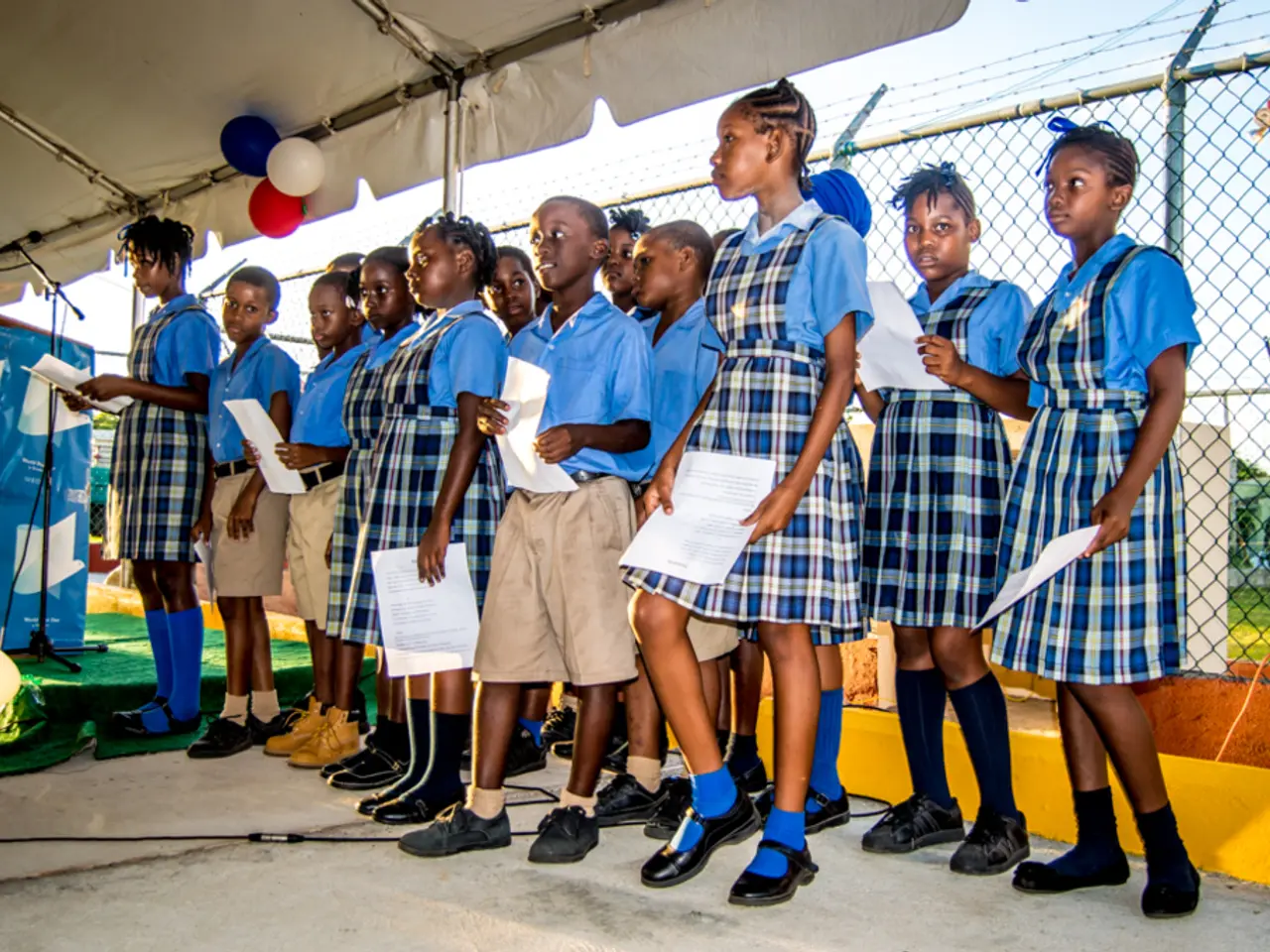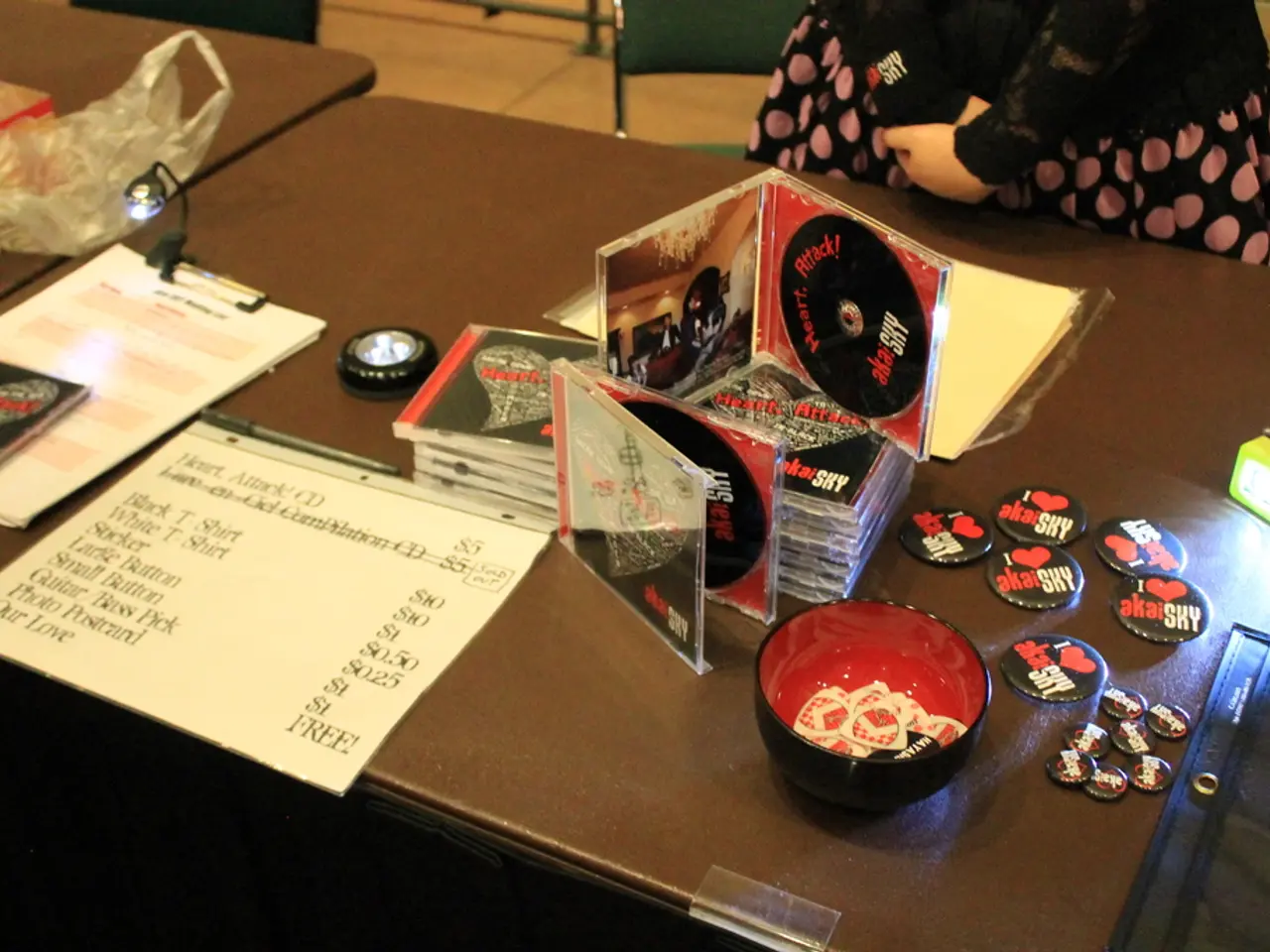Pupils and educational institutions are on edge following five student deaths
In the wake of the recent border clashes between Thailand and Cambodia, over 852 schools along the disputed border areas have been closed, affecting more than 100,000 students [1]. Her Royal Highness Princess Maha Chakri Sirindhorn has expressed concern over the education of these students, prompting the Office of the Basic Education Commission (Obec) to draft a learning plan to ensure continuous education [3].
The learning plan involves five learning methods [3]:
- Online learning: Utilizing digital platforms for remote education while students are displaced or schools are closed.
- Television and Radio broadcasts: Providing educational content through accessible media for those without internet.
- Mobile learning units: Deploying mobile classrooms or teachers to reach displaced children or communities.
- Self-learning materials: Distributing printed or digital study materials for independent learning.
- Community learning centers: Establishing safe local centers where small groups of children can gather for instruction away from conflict zones.
These methods aim to mitigate the impact of school closures and displacement on children's learning during the border conflict. The plan reflects HRH Princess Maha Chakri Sirindhorn’s commitment to safeguarding students' right to education under difficult circumstances [3].
Schools in a safer location can operate classrooms "on-site" if the situation returns to normal. For students who have been displaced, schools can opt for an "on-air" classroom through the DLTV system, an "online" class, or an "on-demand" class through a mobile application. Additionally, students can pick up "on-hand" lesson sheets from their schools [1][3].
The drafting of the learning plan is being guided by Acting Sub Lt Thanu Wongjinda, secretary-general of the Obec [2]. The border clashes have resulted in 15 civilian deaths, with five of them being local students, and 14 casualties among military personnel since the fighting broke out on July 24 [4]. The use of weaponry has subsided in areas under the control of the 2nd Army Region [5].
The Mental Health Crisis Response Teams (MCATT) have screened 21,007 people for mental health issues, with 293 being diagnosed with high stress. Furthermore, 41 individuals have reported being at risk of suicide, according to the Mental Health Crisis Response Teams [6].
As the situation remains uncertain, the Obec continues to work diligently to provide a learning plan that caters to the needs of the affected students during these challenging times.
[1] - Source for the number of schools and students affected [2] - Source for the guidance of Acting Sub Lt Thanu Wongjinda [3] - Source for the learning plan and the commitment of HRH Princess Maha Chakri Sirindhorn [4] - Source for the casualties among military personnel and civilians [5] - Source for the subsiding of weaponry use [6] - Source for the mental health screenings and suicide risk reports
In response to the concern over the education of displaced students due to the border conflict, a learning plan has been drafted by the Office of the Basic Education Commission (Obec). This plan, guided by Acting Sub Lt Thanu Wongjinda, includes five methods: online learning, television and radio broadcasts, mobile learning units, self-learning materials, and community learning centers [2][3]. Furthermore, the plan reflects HRH Princess Maha Chakri Sirindhorn’s commitment to ensuring educational opportunities in health-and-wellness, mental-health, education-and-self-development, and general-news landscapes during such challenging times.




